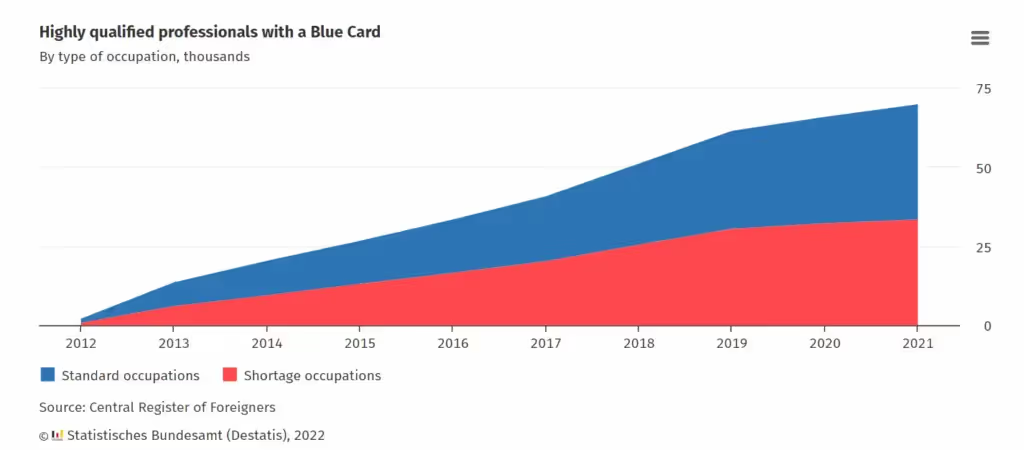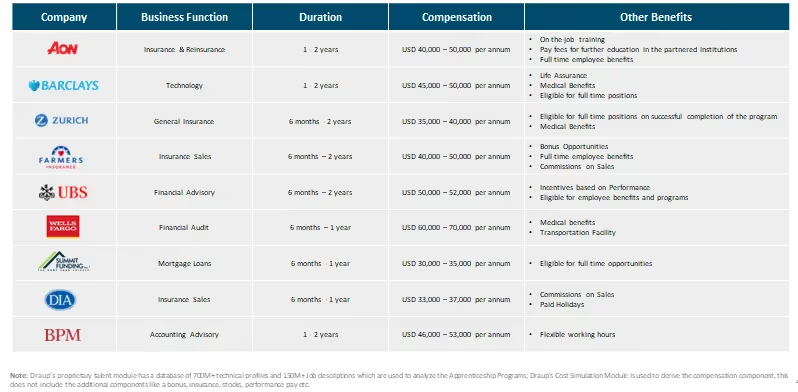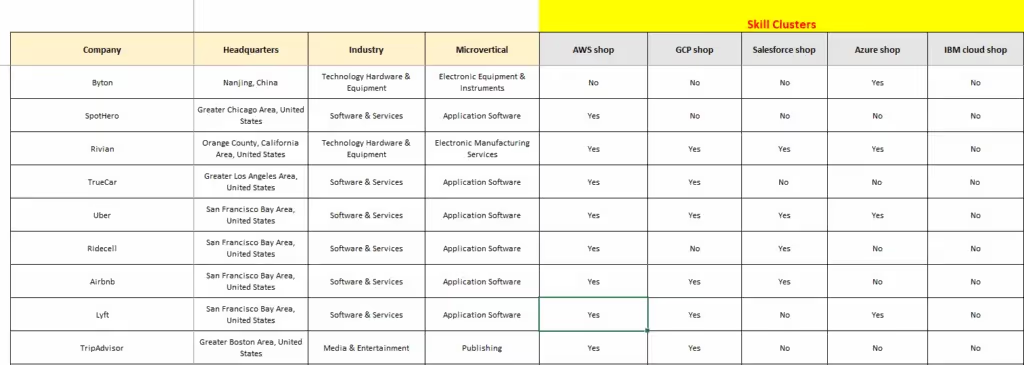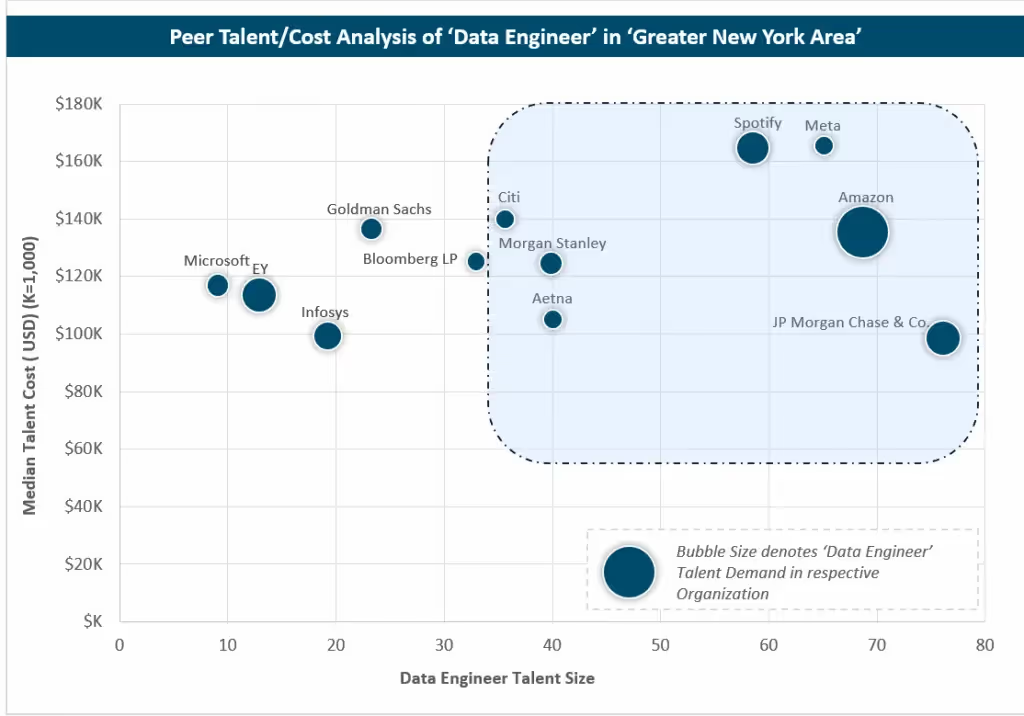Building and Scaling the Talent of the Future
Douglas Irwin, a trade historian at Dartmouth College, states that Centrifugal and Centripetal forces pull the world together or apart. This statement perfectly describes what leaders’ sentiments are when it comes to building and scaling the talent of the future. There are several cases for Enterprises to build skills across various job families. Some forces around inflation and supply chain are against whether that is the correct strategy. To fully understand this, let us look at some structural changes that happened from the labor market perspective in the last 3 to 5 years
- In the last five years, the structure of the supply chain has changed. More new countries like Mexico and Vietnam are actively entering the scene. It takes a long time for supply chains to change, but this trend is undoubtedly emerging
- The knowledge worker supply chain is also expanding. Approximately 1.6 to 1.8 million people work for American companies in India, a 16% increase from 2017. The numbers could be higher if we consider the indirect workforce.
- Intel has invested significantly in Germany for its chip factors
- Construction of a new Samsung Electronics chip plant in Taylor, Texas, will begin next month, according to the city government and the Korean chipmaker, marking the start of the $17-billion project. Many tech companies are prioritizing locations such as Dallas, Atlanta, Toronto, Munich, Bucharest, Manchester, Dublin and several other emerging hubs for Knowledge Work
- Many countries such as Germany, Ireland, and Canada use immigration as a critical tool to attract more talent, making the locations more attractive. Places like Norway are actively considering Startup Visa. According to the Federal Statistical Office (Destatis), approximately 70,000 Blue Card holders were on the Central Register of Foreigners at the end of 2021, an increase of more than 6% a year earlier.

- Sri Lanka could have emerged as a small IT hub, but the unfortunate food crisis robbed us of that opportunity
- Similarly, the geopolitical crisis in Ukraine has limited the access to its talent
- Countries like Japan, suffering from an aging population, is working aggressively to get new talent. Pathways Japan has already attracted 1600 university students from Ukraine and integrated them into their Universities. They have aggressive plans to target students from India as well
- One thing that all workforce planners and recruiters should clearly understand is that the need for talent is not going to go down.
- Many AI models still require a lot of human power. Whether that is a deep fake profiles problem for Meta or efficient auto driving for Tesla, AI still depends on an unbelievable number of people to make progress
- Requirements for SaaS Sales Model talent are at an all-time high
- Requirements for Data Engineering talent are increasing on an ongoing basis
- Digital Platforms used by companies are driving several digital program management roles and AI bias management roles
Across all other previous labor market stress periods, the role of Workforce Planners And Recruiters is at an all-time high. There are several reasons for this
- We will have to continue investing time to find emerging new low-cost locations. This opportunity may be within the country and in new regions like Latin America, South East Asia, or Africa. Compared to the early 2000, places like India and China are becoming expensive (on a relative scale). The average cost of an entry-level Java Developer has gone up over 70% in the last 4 to 5 years in India. The Economist states that in 2000 China’s average annual income per person expressed in dollars was 3% of America’s. BY 2019, this had risen to 16%. In places like India, the opportunity may be in smaller cities outside of the typical locations
- Tactical operations by Recruitment are essential to take advantage of the emerging opportunities that are changing daily
What can we do in such a complex scenario (where you need quality talent at the most optimal cost)?. Here are a few opportunities. Three short-term and one long-term opportunity are presented
Short Term
1.0 Amplify Apprenticeships and Internships: A solid Internship and apprenticeship model in a high university ecosystem can be very beneficial. Many tech companies have benefitted from this model for developing complex code at a lower cost

2.0 Recruiter Operating Blueprint: Draup can build a list of companies you can target for specific skill clusters. An example list is given below. Depending upon your requirements, such a Blueprint to target companies by skill clusters will prove very valuable in the short term

3.0 Conduct Role level/Skill Clusters- Location Level benchmarking. It may be helpful to understand what peers are paying and where the opportunities are in highly scaling roles like Data Engineering/Cyber Security and other various specialized skills clusters

Long Term
4.0 Define your Africa Strategy: It is time we relooked at Africa. The ecosystem is drastically changing, and it may be helpful to develop a point of view and write a white paper on this

Overall, we are pretty excited about HR’s role under emerging circumstances. If we plan the initiatives correctly, we can accelerate transformation and adaptation and make the enterprises genuinely care for a great workplace.










.svg)




















.svg)





.svg)
